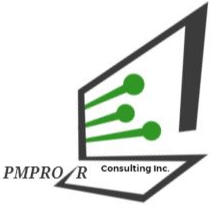THIS IS A PLACE WHERE IDEAS MEET EXECUTION
The Waterfall methodology provides stakeholders and development teams the ability to systematically map out project’s tasks & requirements in waves.
Improves the communication between stakeholders and development teams to ensure expectations are aligned and all project requirements are met.
Do your projects need a more structured approach?
Waterfall project management may be just what you need.
As a discipline, project management is essential to ensuring end products are produced as intended, while also not blowing the budget or running over schedule. Waterfall project management is a longstanding methodology that adds intense rigor and structure to the discipline so processes can be refined and repeated for future projects. For project managers wanting to formalize their project efforts, the chapters below provide an in-depth rundown of virtually everything you need to know about waterfall, including when it’s best to use (and avoid) the methodology, and its phases.
Benefits Of Waterfall Project Management Methodology
Determine Budget Early Into Projects
Since each wave of the project is outlined before starting, the overall budget of the project can be identified early on. This reduces the chance of having to spend more than originally budgeted due to unforeseen problems or additional feature requests.
Members Have Defined Roles
All members of the project are assigned clear and defined roles which increases accountability and responsibility of completing particular tasks and requirements. Additionally, these defined roles also improve the QA process once tasks and requirements have been completed.
Minimal Changes Throughout
As a linear project management approach, the Waterfall methodology requires stakeholders and developers to agree on project requirements prior to beginning the development process. The mutual agreement on requirements decreases unforeseen changes to the project, improving the overall efficiency of the project.
Ability To Easily Measure Progress
The progress of the project can be easily measured and understood by stakeholders through identifying waves that have been completed and which wave is currently being worked on.


